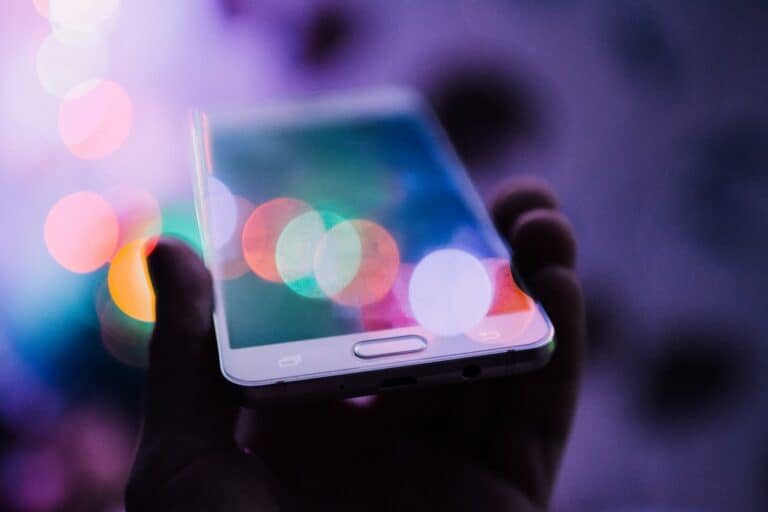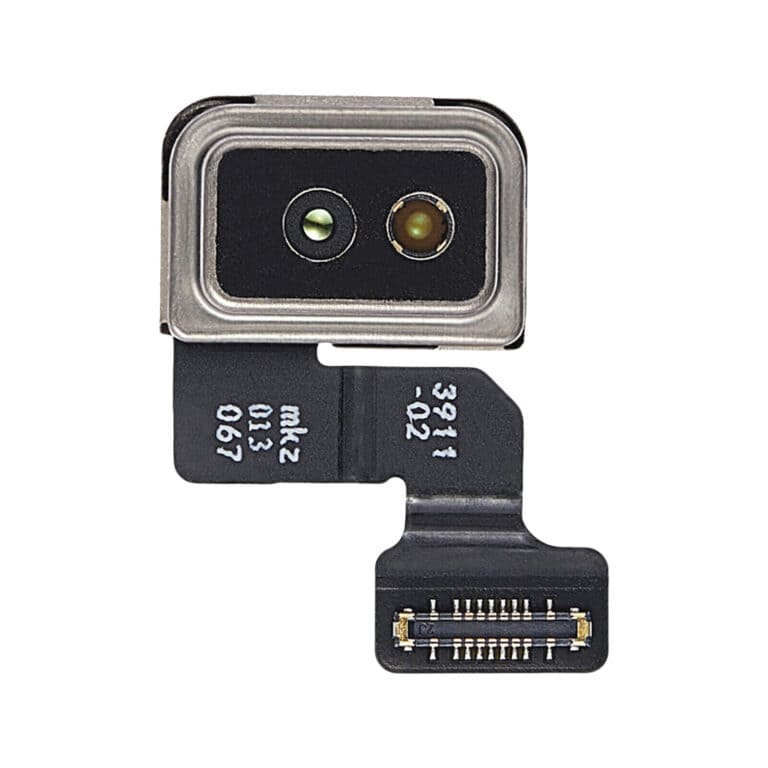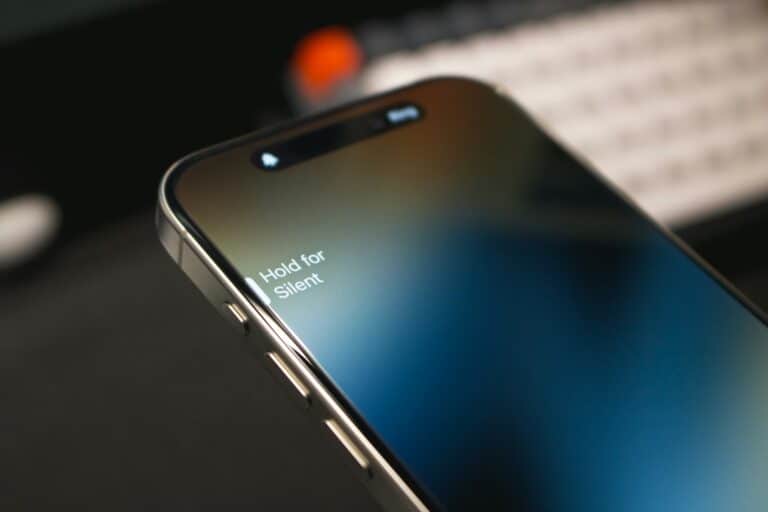In the ongoing quest for speed and efficiency in technology, the comparison between mobile phones and computers has become a topic of intrigue. With the rapid advancement of mobile technology, smartphones have shown remarkable improvements in processing power. Despite being touted for their portability, these compact devices now boast capabilities that rival, and in some cases surpass, those of traditional computers. This has led to a shift in how we perceive computing power, with smartphones emerging as formidable tools for a variety of tasks.
Understanding the performance of mobile phones and computers requires looking at the hardware and software that drive them. Modern smartphones use flash memory and are optimized to minimize crashes and lags, resulting in speedy performance for everyday applications. Meanwhile, computers are equipped with a combination of HDDs and SSDs and are designed to handle more complex tasks. The evolution of technology has led to a point where the raw computing power of mobile devices often exceeds that of computers used in the past, including those that once powered significant achievements in space exploration.
Mobile Phones vs Computers
| Aspect | Mobile Phones | Computers (Laptops & Desktops) |
|---|---|---|
| CPU Performance | Rapidly improving, but generally behind powerful desktop CPUs | Desktops typically have more powerful processors, especially high-end models |
| Graphics | Powerful graphics capabilities on modern phones | Dedicated graphics cards in desktops and some laptops offer superior power |
| RAM | Increasing RAM capacity in phones, but still smaller than many computers | More RAM in computers enables smoother multitasking |
| Storage | High-capacity storage options in both | Generally faster storage speeds in computers, especially with modern SSDs |
| Multipurpose Usage | Designed for portability and on-the-go tasks | Better suited for complex software, resource-intensive tasks, and gaming |
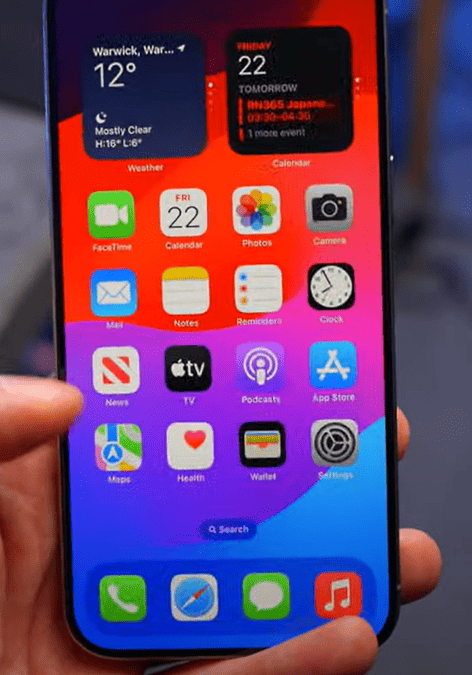
The Verdict It’s not a straightforward “yes” or “no” answer. Here’s why:
- Task-specific: For everyday browsing, social media, light productivity, and even some gaming, modern smartphones can feel faster than older computers. But for demanding tasks, desktops and laptops with powerful components still lead.
- Rapid advancement: Mobile phone technology improves at a tremendous pace, narrowing the gap with computers.
- Price points: High-end phones and high-end computers can offer comparable performance levels.
Key Takeaways
- Smartphones have increasingly matched or surpassed the computing power of traditional computers in many aspects.
- Processing power in technology is influenced by both hardware optimizations and software design.
- Technological advancements have scaled down once bulky computers to pocket-sized devices without sacrificing performance.
Evaluating Computing Power
When we compare mobile phones and computers, we look at hardware, software, and tangible performance results.
Hardware Capabilities
Modern mobile phones pack impressive hardware specs. Processors, such as those made by Qualcomm and Apple, feature multiple cores which enable smartphones to handle complex tasks and multitasking. For example, Apple’s iPhones use A-series chips with ARM architecture that handle processes efficiently. In comparison, traditional computers might use Intel or AMD CPUs, which have their own multi-core setups and often higher clock speeds.
Smartphone Hardware:
- Processor: Apple A-Series, Qualcomm Snapdragon
- Cores: Multi-core (e.g., quad-core, octa-core)
- RAM: Ranging from 4 GB to 16 GB
- Storage: Typically 64 GB to 1 TB
- GPU: Integrated, supports graphics and gaming
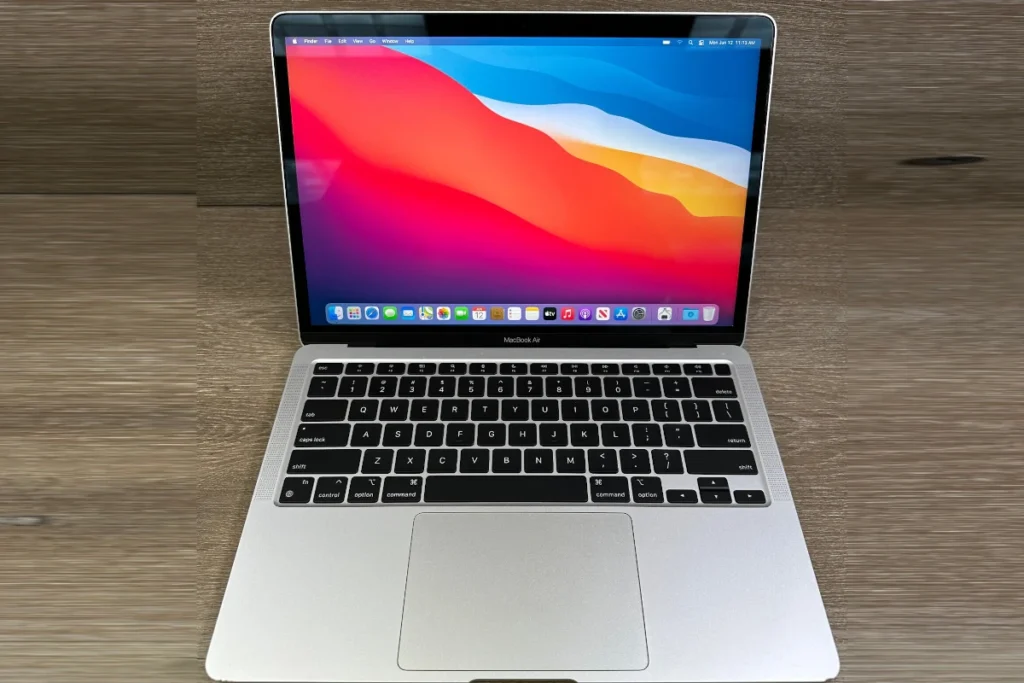
Computer Hardware:
- Processor: Intel Core series, AMD Ryzen
- Cores: Dual-core to 64-core on some high-end CPUs
- RAM: 8 GB to 128 GB or more
- Storage: Multiple terabytes possible
- GPU: Often separate, high-powered units for demanding tasks
Software Efficiency
Mobile operating systems like Android and iOS are designed for efficiency. They manage resources to extend battery life and provide fluid user experiences. Operating systems and software updates also play a crucial role in maintaining speed and performance. Mobile apps are streamlined to work within the hardware limits of phones while desktop software may be built with more demanding hardware in mind.
Performance Indicators
Benchmark scores give us a comparative look at the processing power and speed of devices. Tools like Geekbench provide scores based on various criteria, such as single-core and multi-core performance. Higher numbers typically indicate better performance.
Performance Metrics:
- Benchmark Scores: Geekbench, AnTuTu
- Clock Speed: Higher clock speeds can mean faster processing, but architecture also plays a significant role
- Multitasking Ability: RAM and CPU cores affect how well a device can handle multiple tasks
- Productivity: Depending on the task, either a smartphone or a computer may be more efficient
In summary, smartphones have advanced to a point where they rival traditional computers in many aspects of performance. However, each type of device has its own strengths and areas where it excels.
Historical and Future Perspectives
This section explores the technological advancement of mobile phones and computers, examining their historical development and projected innovation trends.
Evolution of Devices
Mobile phones and computers have experienced rapid evolution over the past few decades. Smartphones, first appearing in the early 2000s, have transformed from simple communication devices into powerful computing tools that fit in the palm of your hand. Historical supercomputers like the Cray-2 were once the pinnacle of computing in the 1980s but are now surpassed by personal smartphones in terms of processing power. For example, the Apollo Guidance Computer, which navigated the moon landing in 1969, had significantly less computational capability than today’s average smartphone.
| Device | Historical Significance |
|---|---|
| Apollo Guidance Computer | Navigated the 1969 moon landing |
| Cray-2 Supercomputer | One of the fastest in the 1980s |
| Smartphone | Surpassed the power of former supercomputers |
The evolution also reflects in microchip design where RISC (Reduced Instruction Set Computer) and CISC (Complex Instruction Set Computer) architectures optimize computing efficiency.
Innovation Trajectories
The future of mobile phone and computer technologies is headed towards more integration and higher efficiency. From the bulky mainframe computers of the mid-20th century to sleek smartphones, the trajectory is clear: devices are getting smaller, faster, and more capable. This transition mirrors in sectors like artificial intelligence as well, where Deep Blue defeated chess champion Garry Kasparov, demonstrating the growing power and potential of computers.
Companies like Intel play a key role in this progress, continually pushing forward the capabilities of microchips and processors. As integration trends continue, future smartphones may rival today’s supercomputers, exhibiting advanced features that are currently in conceptual stages. Innovations are expected to accelerate, leading to devices that are both highly portable and extraordinarily powerful, shaping the way individuals interact with technology.
Frequently Asked Questions
When people compare smartphones to computers, it sparks a debate on their capabilities and performance. Here, we address several questions that help clarify their distinctions and uses.
What are the performance differences between smartphones and laptops for daily tasks?
Smartphones are well-suited for quick, on-the-go tasks like checking emails and social media. Laptops offer more screen space and power, which is better for prolonged work or multitasking.
How do laptops compare to smartphones in terms of processing power?
Laptops typically have more potent processors compared to smartphones. This allows them to run complex software and handle intensive tasks more efficiently.
Can smartphones serve effectively as replacements for computers for professional work?
While smartphones have powerful apps for professional tasks, they often fall short for specialized work that requires robust software, a large display, or intense processing.
In what scenarios might a smartphone outperform a laptop or desktop in speed?
Smartphones may outpace laptops in tasks that benefit from their optimized mobile operating systems, solid-state storage, and custom hardware designed for quick, efficient performance.
What are the limitations of using a mobile phone as a primary computing device?
Mobile phones have smaller screens and less versatile input methods. They also often lack the full functionality of professional software available on computers.
How has the gap in computing power between smartphones and desktop computers changed over time?
The gap in computing power is narrowing as smartphones become more advanced. However, desktop computers continue to excel in high-performance tasks due to their larger, more powerful components.


